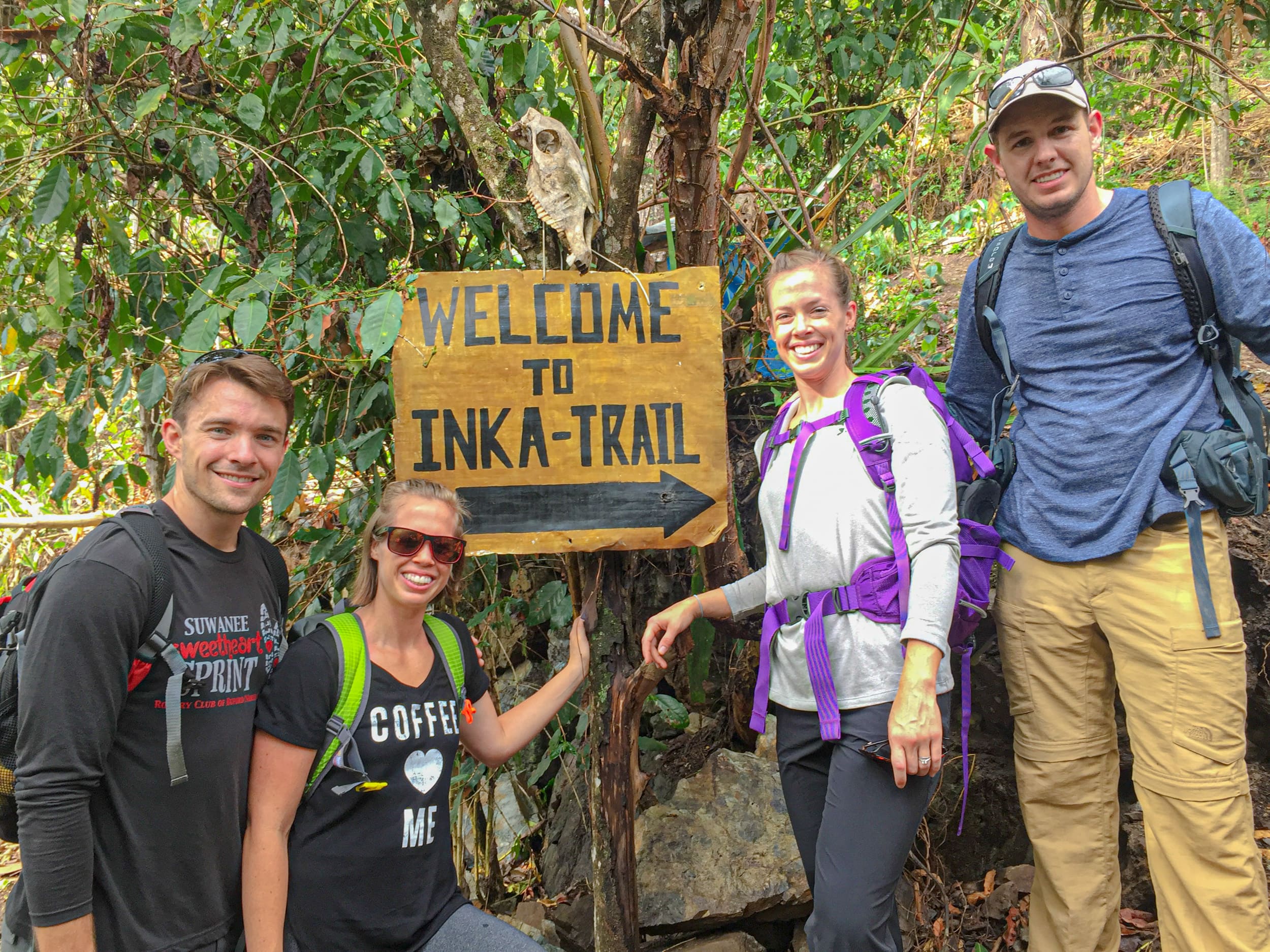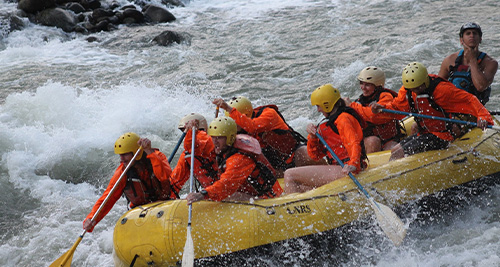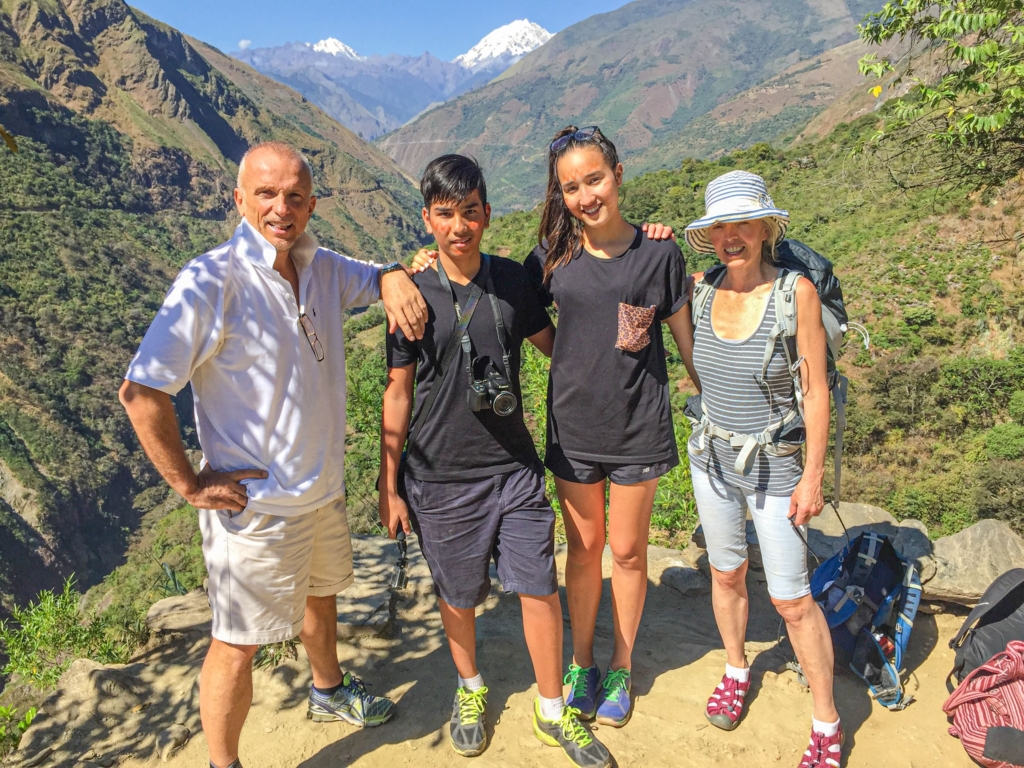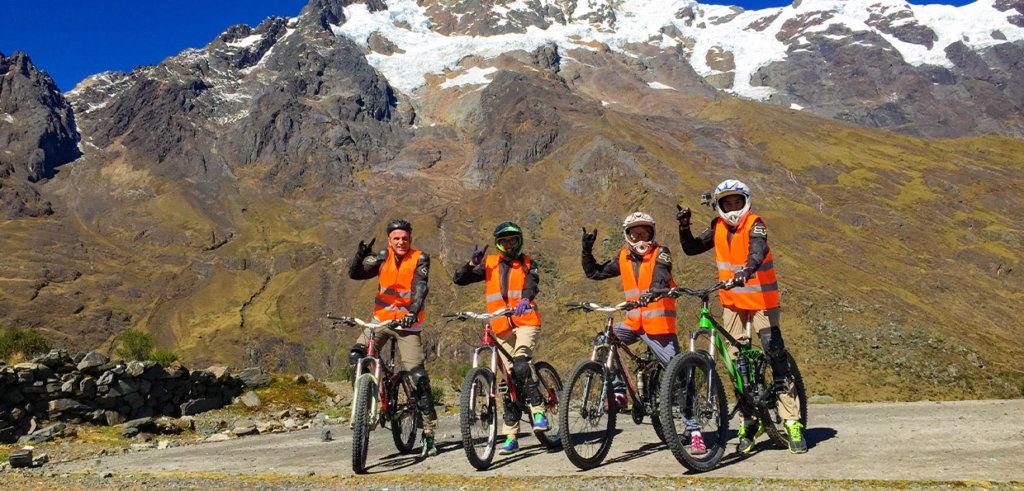Welcome to the Inca Jungle Trail! This is a unique and exciting way to experience the ancient Inca culture while also enjoying some adventure and outdoor activities.
The Inca Jungle Trail is a tree or four-day trek that takes you through some of the most stunning landscapes of Peru. You will have the opportunity to hike, bike, and raft through lush jungles, stunning mountains, and raging rivers. Along the way, you will also visit some of the most fascinating Inca ruins and learn about their rich history and culture.


Packing for the Inca Jungle Trail can depend on the specific tour operator and itinerary, but here are some general items you should consider bringing:
It’s important to pack light and only bring what is necessary, as you will be carrying your own gear during the trek.


Search
